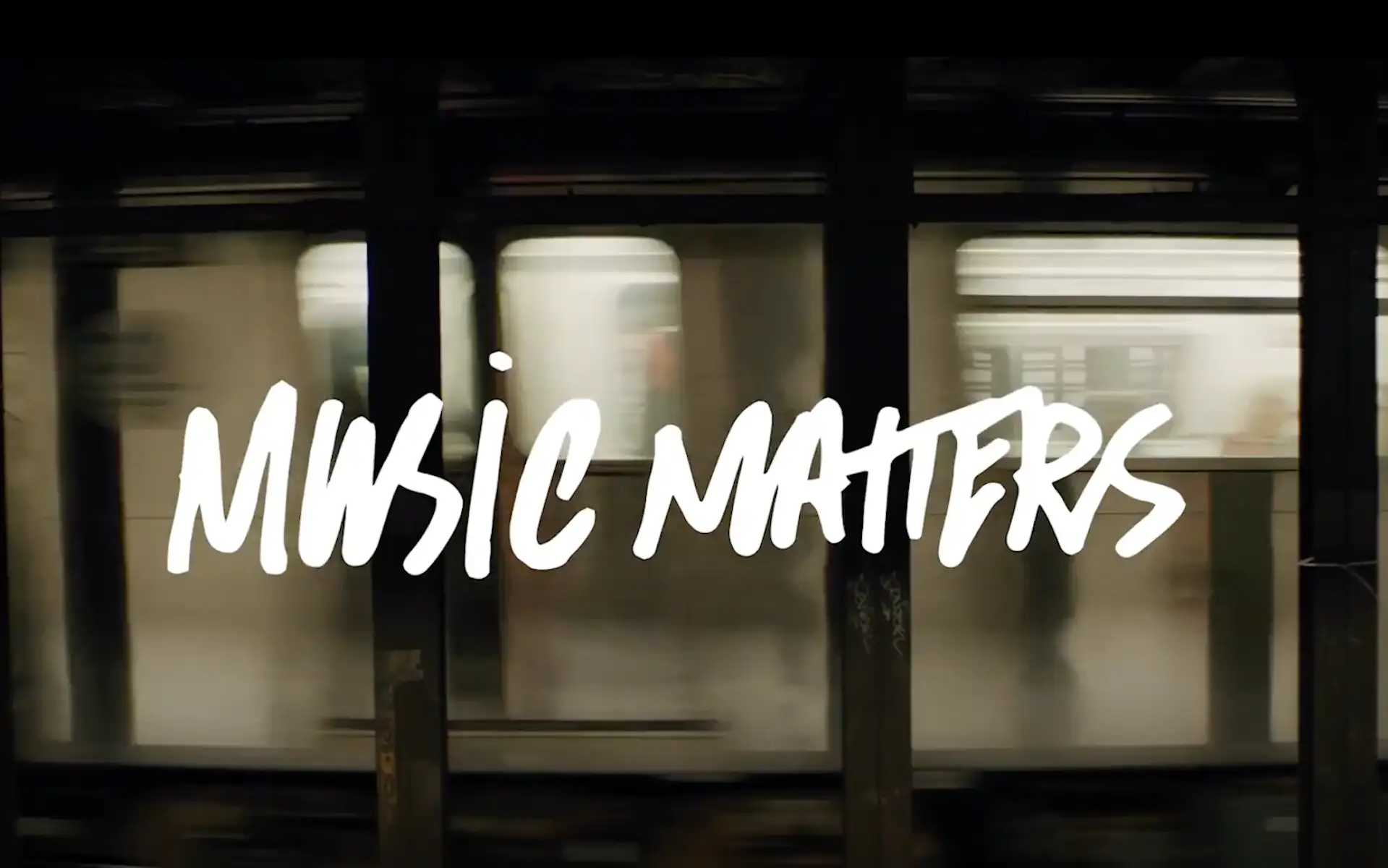Top tips for epic sound effects: Video tutorial
In this video, California-based director, filmmaker and cinematographer Ben Hess explains how proper sound design and the right sound effects can be the difference between a good video and a great one.

In this video, California-based director, filmmaker and cinematographer, Ben Hess, explains how proper sound design and the right sound effects can be the difference between a good video and a great one.
